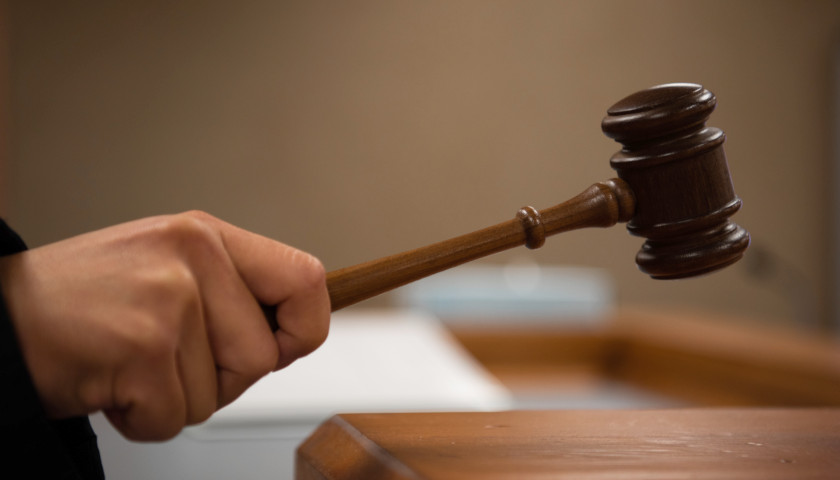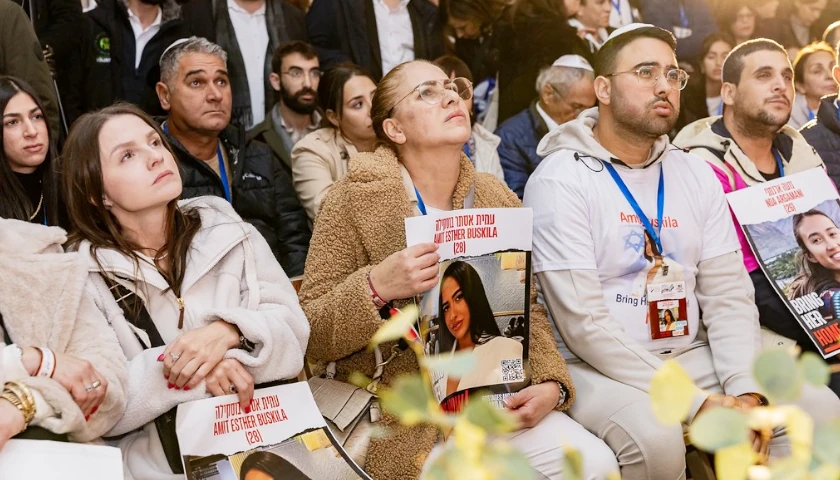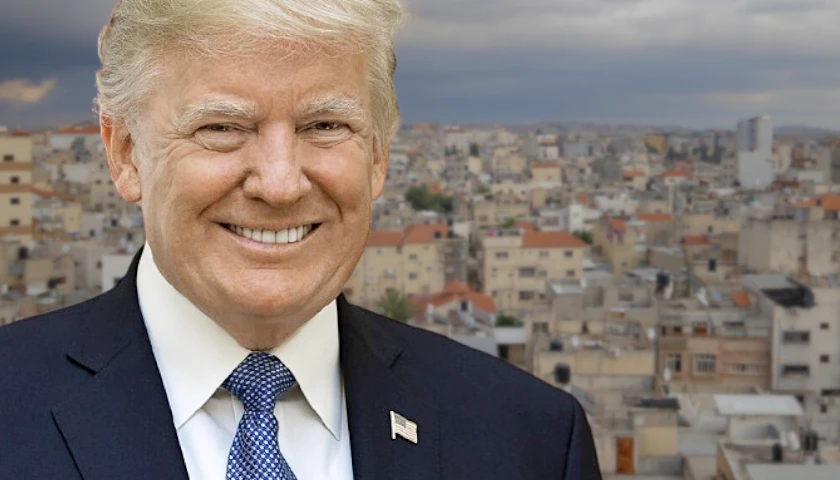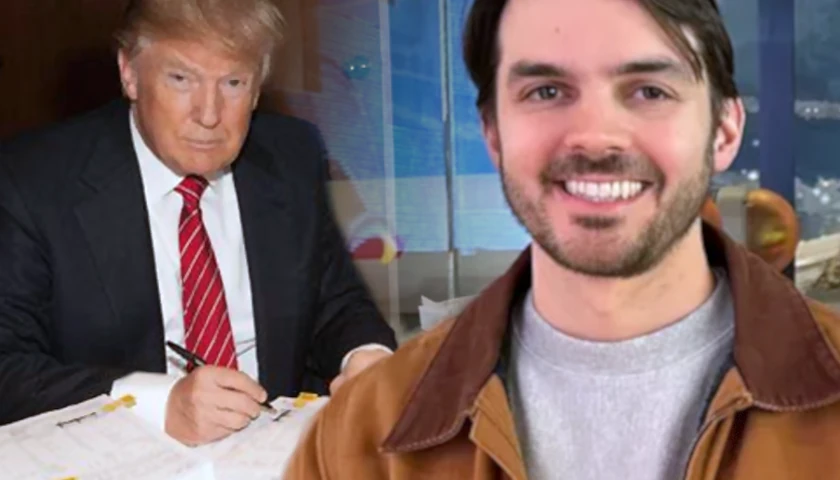Thursday, April 1
Retired Sgt. David Pleoger testified on the Minneapolis Police Department’s use of force policies and said the “dangers of positional asphyxia” are generally known throughout the MPD.
With the jury out of the room, defense counsel Eric Nelson objects to Sgt. Pleoger commenting on the reasonableness of Chauvin's use of force. Pleoger didn't conduct the review in Floyd's case. Judge allows prosecution to ask a "narrow" question in front of the jury. pic.twitter.com/Ah0o0lh3Qa
— Alpha News (@AlphaNewsMN) April 1, 2021
Retired Sgt. David Pleoger says the use of a knee on the neck or back is reasonable force until the person is "handcuffed and no longer resisting." #DerekChauvinTrial pic.twitter.com/RfLElhtB7f
— Alpha News (@AlphaNewsMN) April 1, 2021
Retired Sgt. David Pleoger testifies on the Minneapolis Police Department's use of force policies. He was the supervisor of the 3rd Precinct at the time of Floyd's death and Derek Chauvin worked on his shift. #DerekChauvinTrial pic.twitter.com/2cEoOQqJo3
— Alpha News (@AlphaNewsMN) April 1, 2021
Derek Smith, another paramedic who responded to the scene, was asked why they didn’t take George Floyd straight to the hospital.
Derek Smith, a paramedic with Hennepin EMS, is asked why they didn't take George Floyd straight to the hospital. #DerekChauvinTrial pic.twitter.com/27epjkg6Ao
— Alpha News (@AlphaNewsMN) April 1, 2021
The second witness called Thursday was Seth Bravinder, a paramedic with Hennepin EMS who drove the ambulance that picked up Floyd. Bravinder said he stopped the ambulance a few blocks from the scene so he could move to the back to help his partner with resuscitation. Former officer Thomas Lane was in the vehicle and images from his body-camera were displayed in court.
Courteney Batya Ross was the first witness called Thursday morning. She was in a relationship with George Floyd for three years and talked at length about Floyd’s addiction to opioids as well as her own struggles with addiction.
Ross’s testimony revealed that Floyd was hospitalized from an overdose in March 2020, two months before his death. Ross said he was sober up until two weeks before his death, when she “noticed a change in his behavior.”
She said the opioids they took a week before Floyd’s death reminded her of the pills from the March incident and made her feel like she was “going to die.”
Courteney Batya Ross, George Floyd's former girlfriend, said she believed Floyd started using again two weeks before his death because she "noticed a change in his behavior." #DerekChauvinTrial pic.twitter.com/3Mj50FG9TL
— Alpha News (@AlphaNewsMN) April 1, 2021
George Floyd's former girlfriend said in a previous interview that the pills they took a week before Floyd's death made her feel like she "was going to die." #DerekChauvinTrial pic.twitter.com/wVXFgXdWHG
— Alpha News (@AlphaNewsMN) April 1, 2021
Courteney Batya Ross, a former girlfriend of George Floyd, discusses Floyd's March 2020 hospitalization from an overdose. #DerekChauvinTrial pic.twitter.com/AP9J7DbPCd
— Alpha News (@AlphaNewsMN) April 1, 2021
Courteney Batya Ross, who was in a relationship with George Floyd for three years, is now discussing Floyd's addiction to opioids. #DerekChauvinTrial pic.twitter.com/Pc5aojhAIf
— Alpha News (@AlphaNewsMN) April 1, 2021
Wednesday, March 31
The body-camera videos of all four officers, including Chauvin, were played for the jury Wednesday afternoon. Lt. James Rugel of the Minneapolis Police Department manages the business technology unit and walked the jury through the videos, starting with former officer Thomas Lane.
Rugel said Chauvin’s body camera ended up under a squad car at one point during the incident. On the way to the scene, Chauvin said he was going to shut off his camera “until we get there.”
Charles McMillian, 61, lives near Cup Foods and was one of the first witnesses on the scene. McMillian can be heard in body-camera videos telling Floyd he “can’t win” and urging him to comply. He broke down in tears after the court played video of Floyd’s arrest.
In previously unseen body-camera video, Derek Chauvin says George Floyd is a "sizable guy" and "looks like he's probably on something." #DerekChauvinTrial pic.twitter.com/DOM6vxEXyV
— Alpha News (@AlphaNewsMN) March 31, 2021
Witness Charles McMillian breaks down after the court plays body-camera video of Floyd's arrest alongside surveillance video. (Warning: content may be disturbing to some viewers) #DerekChauvinTrial pic.twitter.com/5n6RFdqeoI
— Alpha News (@AlphaNewsMN) March 31, 2021
Christopher Belfrey, a 45-year-old from south Minneapolis, was the second witness called to the stand Wednesday. He recorded two videos of officers Alexander Kueng and Thomas Lane responding to the scene and removing George Floyd from his car.
A second video recorded by witness Christopher Belfrey is played in court. #DerekChauvinTrial pic.twitter.com/tLPwdfs6Cr
— Alpha News (@AlphaNewsMN) March 31, 2021
The next witness is Christopher Belfrey, a 45-year-old from south Minneapolis. He recorded two videos of officers Alexander Kueng and Thomas Lane responding to the scene and removing #GeorgeFloyd from his car. Here is the first video: pic.twitter.com/FBCLoYYfsO
— Alpha News (@AlphaNewsMN) March 31, 2021
Christopher Martin, 19, lived above Cup Foods and worked as a cashier there on May 25, 2020. He said George Floyd seemed “high” but was able to carry on some conversation. The court played surveillance footage from inside the store.
Martin said his manager told him to go out to Floyd’s vehicle a second time and ask him to come back inside the store to discuss the counterfeit bill. Martin said Floyd did not want to come inside.
Cup Foods employee Christopher Martin says he believed George Floyd was under the influence because of his speech patterns and actions. #DerekChauvinTrial pic.twitter.com/ge26K6pQne
— Alpha News (@AlphaNewsMN) March 31, 2021
Christopher Martin describes feeling "disbelief" and "guilt" because "this could have been avoided" if he had not taken the counterfeit bill, he says. The court then plays a new angle of the incident. #DerekChauvinTrial pic.twitter.com/lKnutPRxqc
— Alpha News (@AlphaNewsMN) March 31, 2021
Christopher Martin, who worked at Cup Foods at the time of George Floyd's death, says his manager told him to go out to Floyd's vehicle a 2nd time to ask him to come back inside to discuss the $20 bill. The court then plays surveillance video of that happening. #DerekChauvinTrial pic.twitter.com/YaGioPO1Id
— Alpha News (@AlphaNewsMN) March 31, 2021
The court is now playing surveillance footage from Cup Foods, where George Floyd used a counterfeit $20 bill to purchase a pack of cigarettes. #DerekChauvinTrial pic.twitter.com/aKjM8nGSE6
— Alpha News (@AlphaNewsMN) March 31, 2021
Now on the witness stand: Christopher Martin, 19 years old, lived above Cup Foods on May 25, 2020 and worked as a cashier. He said George Floyd seemed "high" but was able to carry on some conversation. #DerekChauvinTrial pic.twitter.com/s9VP2BMeJd
— Alpha News (@AlphaNewsMN) March 31, 2021
Tuesday, March 30
Donald Williams, a mixed martial arts trainer who was at the scene during George Floyd’s death, was the first witness to testify Tuesday. The day ended with testimony from Genevieve Hansen, an off-duty firefighter and EMT in Minneapolis who was outside Cup Foods during the events leading up to Floyd’s death.
Defense attorney Eric Nelson cross-examines Genevieve Hansen, a firefighter and EMT in Minneapolis, who continually argues with Nelson about the situation she witnessed and is later advised by the judge to “not argue with counsel.” pic.twitter.com/elKgOeihHU
— Alpha News (@AlphaNewsMN) March 30, 2021
After flip-flopping on her answer, witness Alyssa Funari confirms that she previously told law enforcement that the responding officers in the #GeorgeFloyd case checked his pulse "multiple times." #DerekChauvinTrial pic.twitter.com/2j8bD4wu1v
— Alpha News (@AlphaNewsMN) March 30, 2021
Attorneys are now questioning Alyssa Funari, another eyewitness who recorded the events leading up to George Floyd's death. The 18-year-old says she "knew" Floyd "was dead." #DerekChauvinTrial pic.twitter.com/budYzsI090
— Alpha News (@AlphaNewsMN) March 30, 2021
Today's second witness in the #DerekChauvinTrial was Darnella Frazier, a teenager who recorded the events leading up to George Floyd's death. pic.twitter.com/Nrdq8AlHBU
— Alpha News (@AlphaNewsMN) March 30, 2021
Donald Williams, a mixed martial arts trainer who was at the scene during Floyd's death, said he "really wanted to beat the shit out of the police officers." #DerekChauvinTrial pic.twitter.com/Dvkm0JDt4n
— Alpha News (@AlphaNewsMN) March 30, 2021
Monday, March 29
The trial of former Minneapolis police officer Derek Chauvin began in earnest Monday as attorneys presented their opening statements and the first witnesses were called to the stand.
Jerry Blackwell, a private attorney working for the prosecution, delivered the state’s opening argument, focusing extensively on bystander video of Floyd’s death and the Minneapolis Police Department’s internal use of force policies.
Defense counsel Eric Nelson, Chauvin’s lone attorney, defended his client’s use of force and focused heavily on Floyd’s drug abuse.




